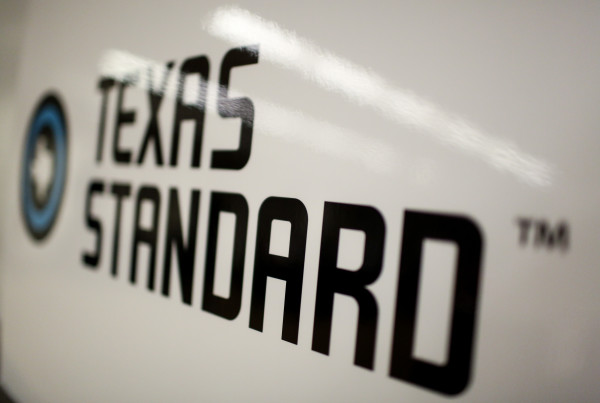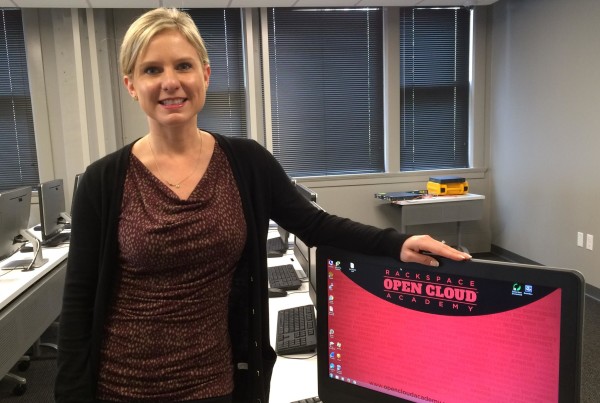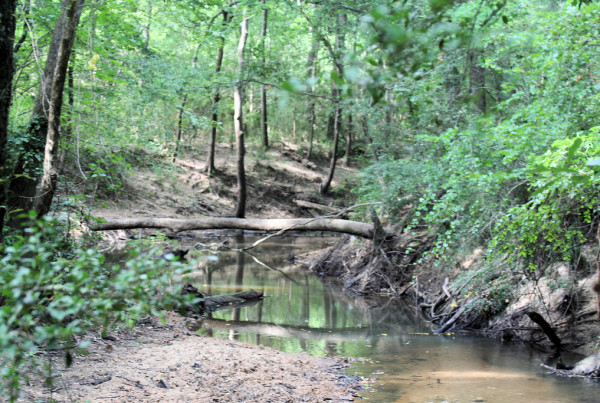Nearly 50 years ago, San Antonio was named the home of the 1968 World’s Fair. Organizers hoped this would be the event that would put San Antonio on the international map as a city that would become a gateway to the Americas, hence the name HemisFair ’68.
They built a park with its own iconic architectural piece, a tower that resembled Seattle’s Space Needle. Exhibitors came from 30 countries, but attendance never matched city planners’ high-flying expectations. About 6 million people came to ride the monorail and go to the top of the Tower of the Americas and visit exhibits by General Motors, General Electric, IBM and Coca-Cola.
But the price the city paid was dear – not just in terms of the millions spent, but the parts of the city wiped away. Historian Sarah Gould not only has studied the story of HemisFair, she actually works in one of the fair’s buildings that still survives – what’s known today as the Institute for Texan Cultures.
Gould says after the Great Depression, San Antonio’s economy was in a slump and city officials saw HemisFair as a way out.
“They really thought that having this big World’s Fair in San Antonio would be a way of revitalizing the city, of revitalizing the economy,” she says, “and really showcasing the tourist potential of San Antonio.”
The HemisFair park isn’t far from the Alamo, in downtown San Antonio, but the area was an ethnically diverse neighborhood once known as Germantown. The 92-acre area qualified for federal urban renewal funding, which was part of the reason why city officials chose it despite its dense population.
“Using urban renewal, they were able to condemn 147 acres,” she says. “That meant about two dozen streets were either drastically altered or completely wiped out. It meant that about 1,600 people were forced to move away.”
The area also contained four churches, a synagogue, two parks, two schools – meaning the city lost “just a ton of history,” Gould says. She says most of the people who were involved in HemisFair ’68 would say it brought about a positive change for the city, despite.
“That vision – of telling San Antonio’s history and then also sharing this cultural heritage that is linked between San Antonio and throughout Latin America,” she says, “it was a really progressive concept in 1968.”
Martin Luther King, Jr. was assassinated just two days before the fair opened and anti-Vietnam War protestors made an appearance at HemisFair – adding to the social tension at HemisFair.
“It was a really contentious moment in American history,” Gould says, “but I do think that one World’s Fair is not enough to create a lasting legacy.”

















